
Product Description :
Hydrogel is a cutting-edge agricultural input made from sodium-based Super Absorbent Polymer (SAP), specifically engineered to improve soil moisture retention and support efficient water management in farming. This polymer acts like a micro-reservoir, capable of absorbing and storing 300 - 500 times its weight in water, which it slowly releases into the root zone as the soil dries.Formulated with sodium polyacrylate, Hydrogel transforms dry, porous soil into a water-efficient medium, reducing irrigation needs, improving plant survival in arid conditions, and promoting healthy crop growth even under water stress. It is particularly valuable in drought-prone areas, light sandy soils, and during critical growth stages of crops.
Composition Details :
Hydrogel is made mainly from a special material called sodium polyacrylate, which is a super absorbent polymer. This material has the amazing ability to absorb and hold large amounts of water up to 300 to 500 times its own weight. It works like a mini water tank in the ground, giving plants a steady supply of water even when there is no rain or irrigation. The rest of the ingredients help make the hydrogel last longer, spread better, and perform more efficiently.
Key Benefits :
- Improves Seed Germination and Plant Growth: Provides a consistent moisture supply near seeds and roots, promoting better germination and stronger seedlings.
- Improves Soil Structure: Increases soil porosity and aeration, especially in sandy soils, helping roots grow better. Healthier plants lead to improved productivity and better quality harvests.
- Excellent Water Retention: Absorbs and holds up to 300–500 times its weight in water, ensuring moisture is available to plants for longer periods.
- Enhances Drought Resistance: Supports plants during dry spells by slowly releasing stored water, reducing stress and crop loss.
- Environmentally Friendly: Non-toxic and biodegradable over time, safe for plants, soil organisms, and the environment.
Recommended Dosage :
For optimal results, apply 1 to 3 kilograms per acre, which helps improve soil moisture retention around the root zone. Hydrogel should be thoroughly mixed into the soil before planting or transplanting to ensure even distribution.
Storage & Handling :
- Store Hydrogel in a cool, dry, and well-ventilated place away from direct sunlight and heat sources to maintain product stability and effectiveness.
- Always keep Hydrogel in its original, tightly sealed container.
- Keep Hydrogel out of reach of children and pets.
- Use appropriate personal protective equipment (PPE) such as gloves and eye protection when handling the product to avoid skin or eye contact.
- Avoid inhalation of spray mist or prolonged exposure during application.
Precautions :
- Avoid direct contact with eyes; if contact occurs, rinse immediately with plenty of water.
- Use protective gloves and a dust mask when handling large quantities to prevent skin irritation and respiratory discomfort.
- Store the product in its original container tightly closed and away from food or drinking water.
- Keep out of reach of children and animals.
- Hydrogel should never be ingested. If swallowed accidentally, seek immediate medical attention.


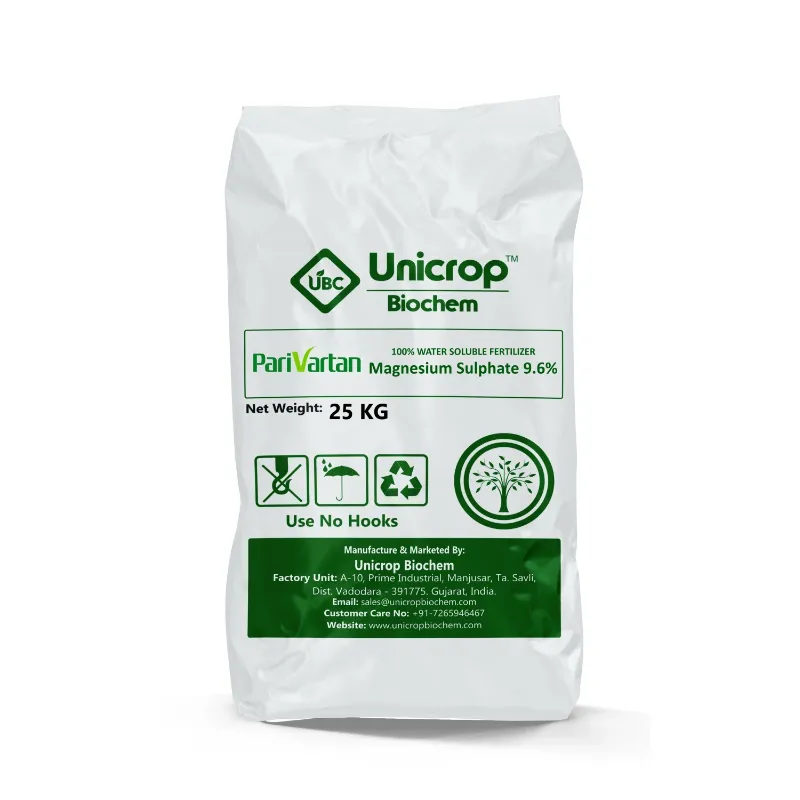

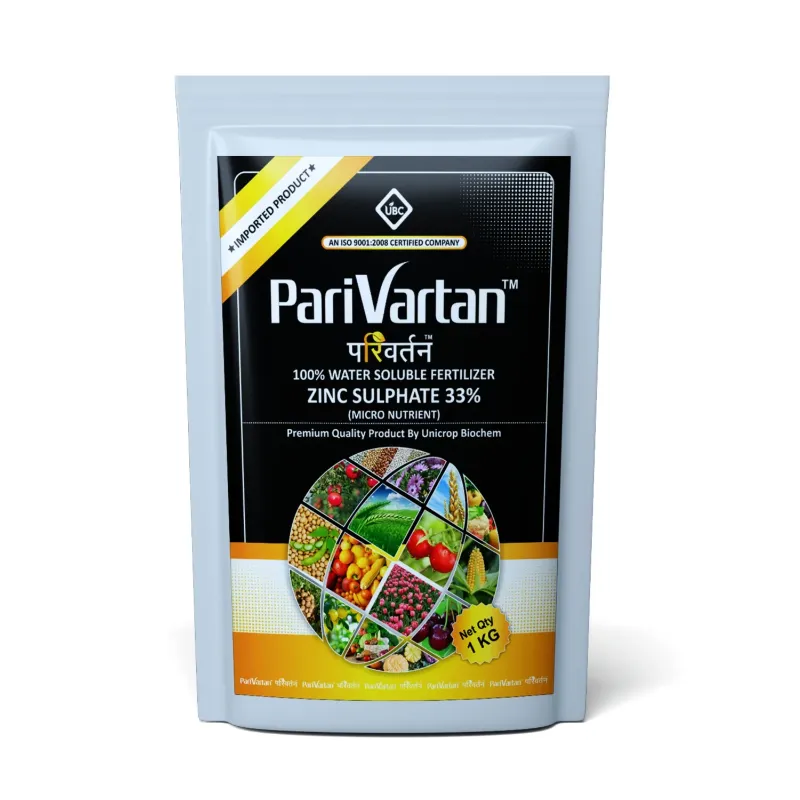

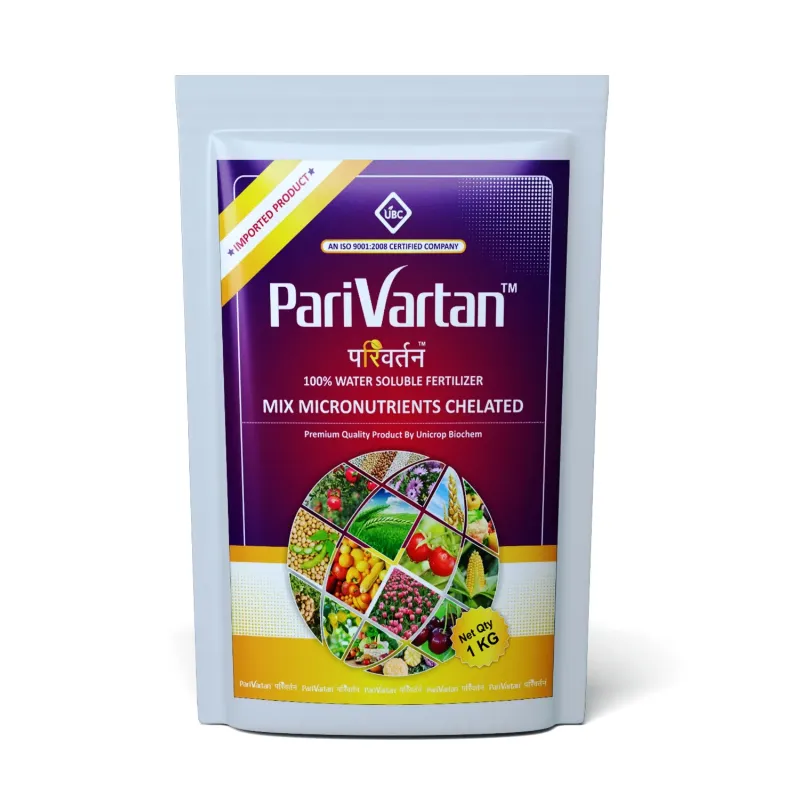

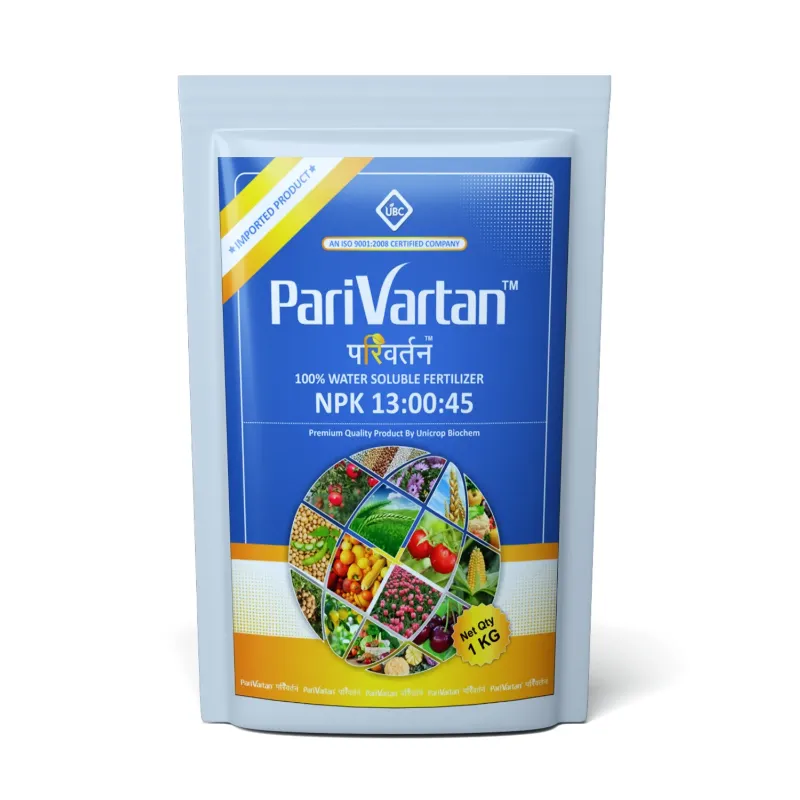
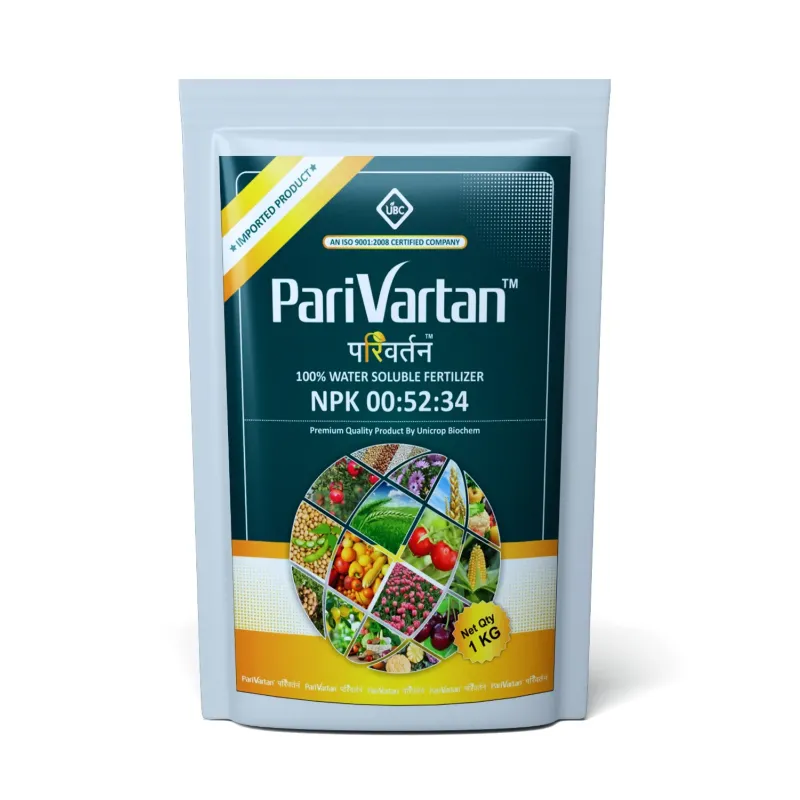



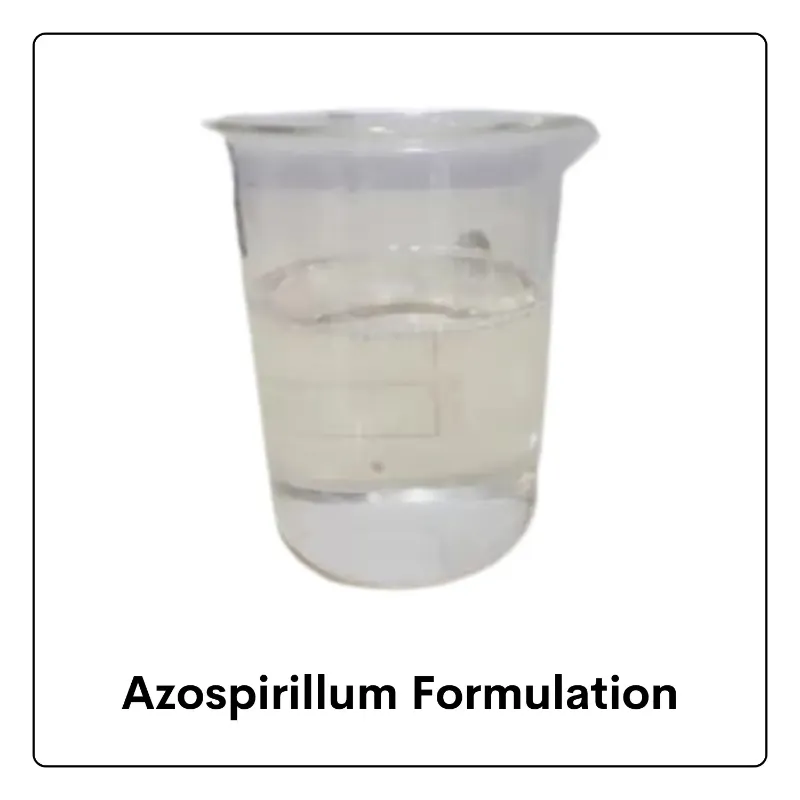
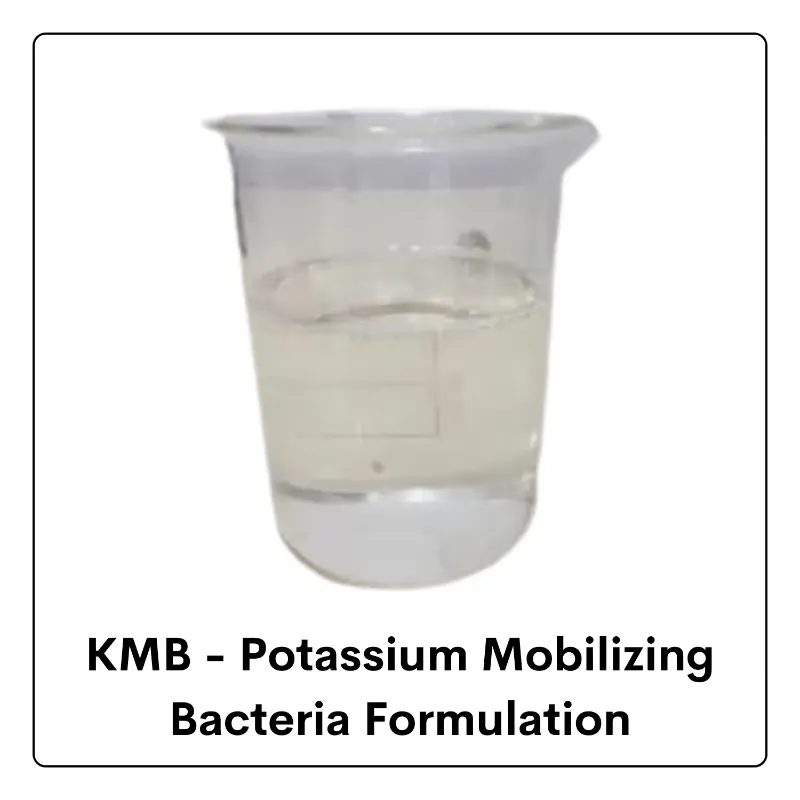

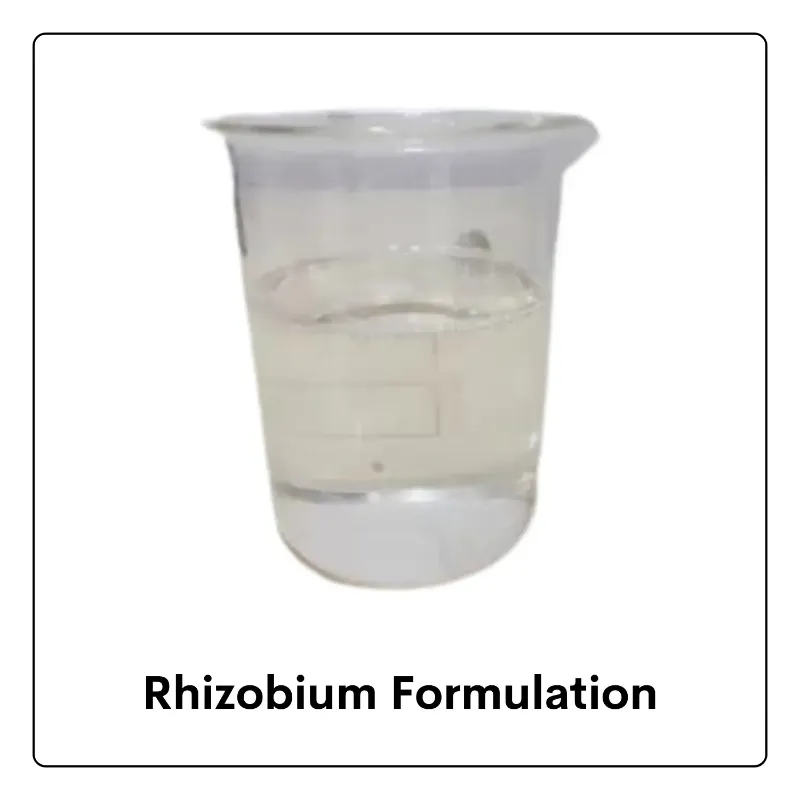
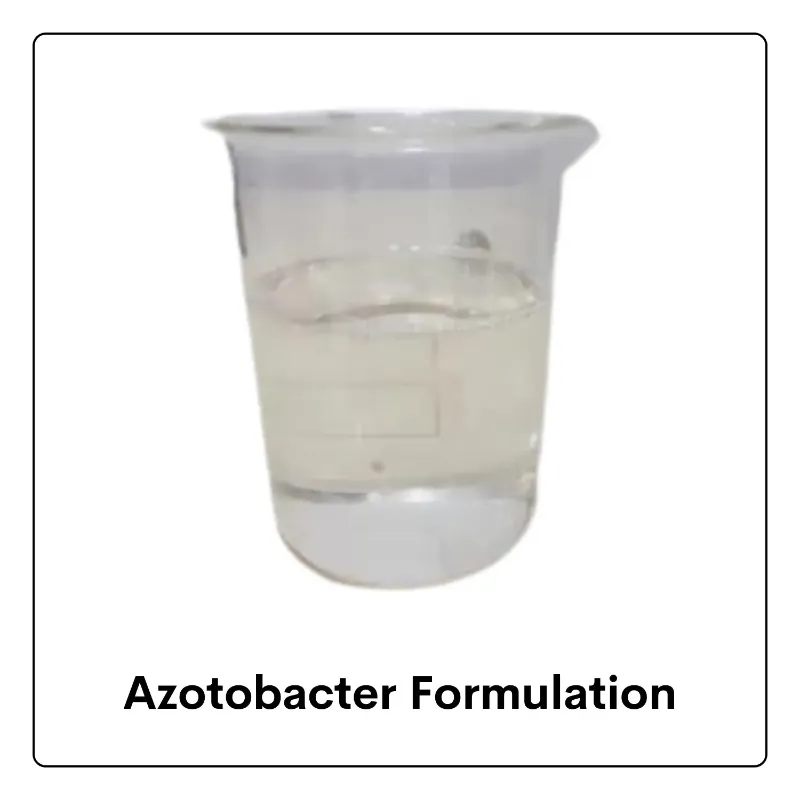



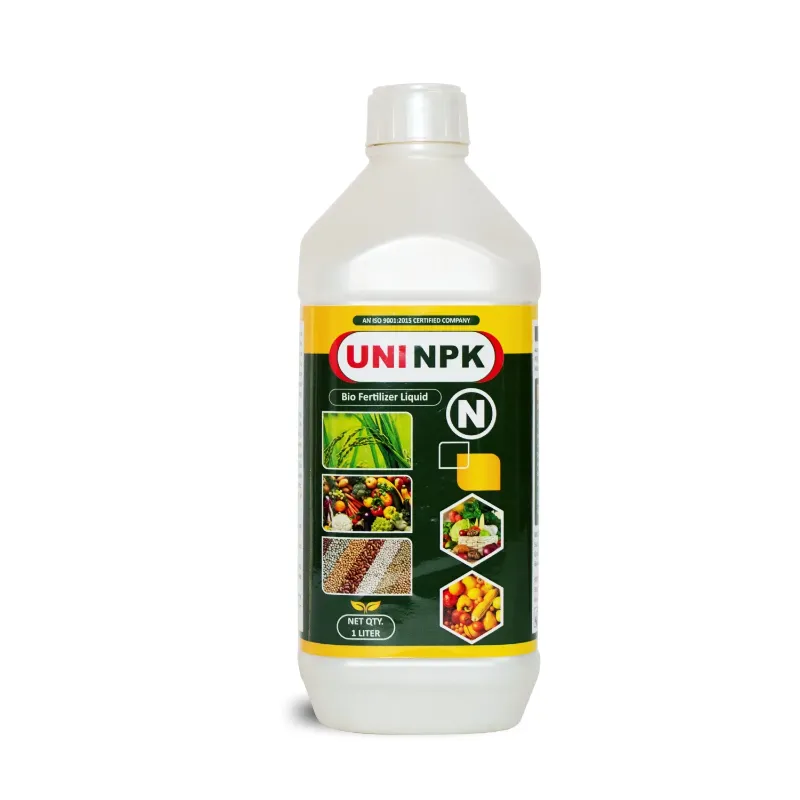

Login To Comment